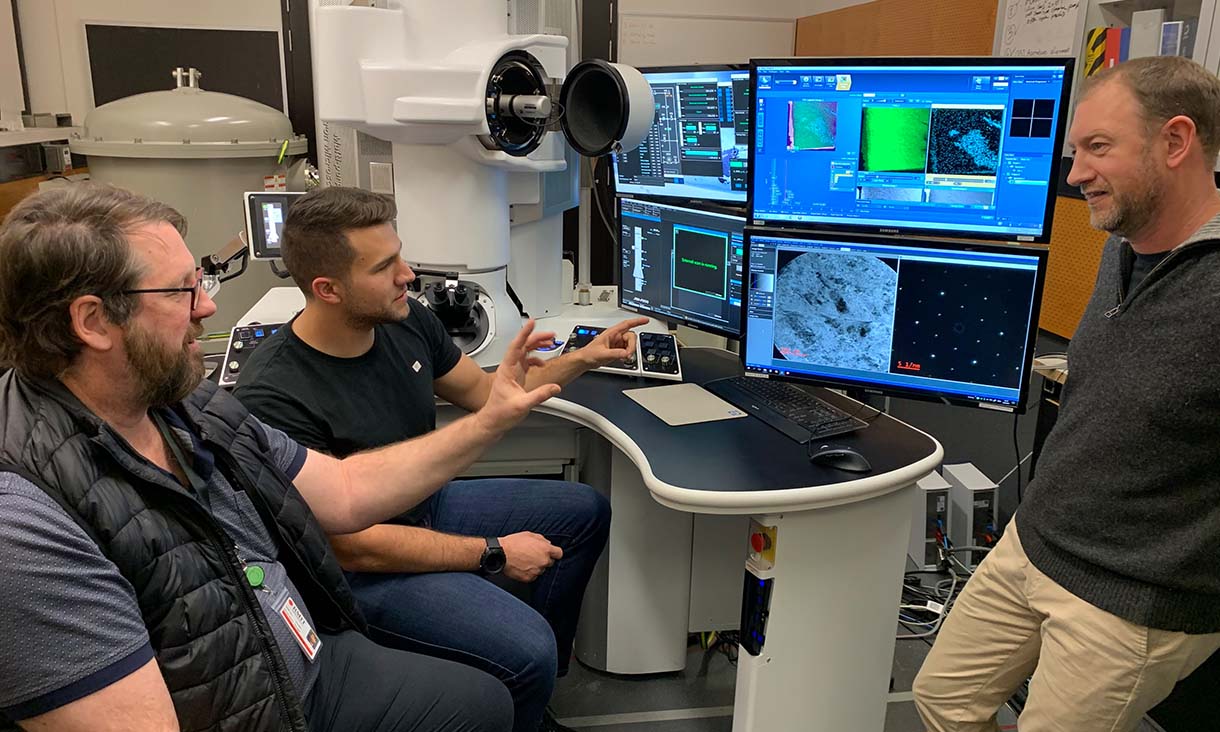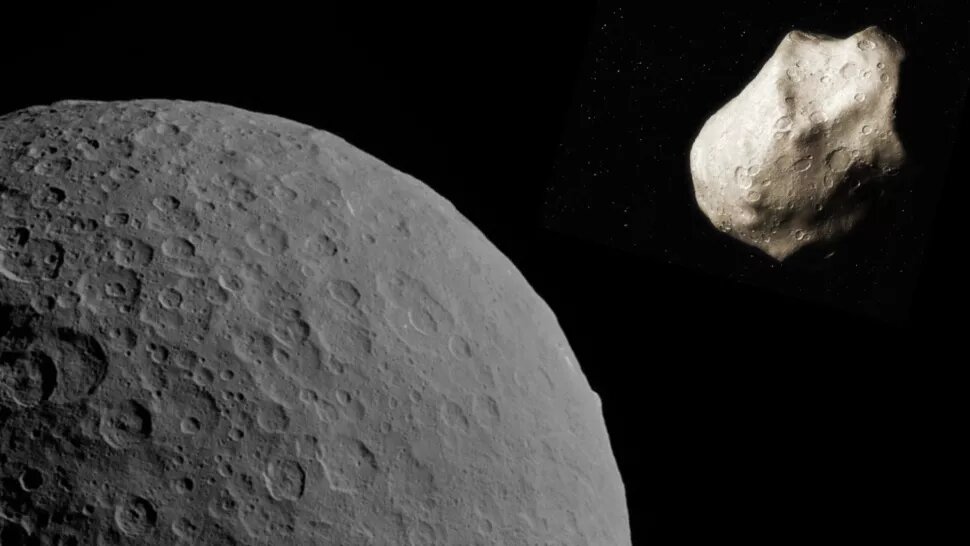A research team consisting of scientists from Monash University, CSIRO, RMIT University, the Australian Synchrotron and Plymouth University, confirmed the existence of a rare type of diamond called lonsdaleite.
The rare lonsdaleite is a hexagonal-shaped diamond and believed to be much stronger and harder than the typical diamond.
It has not yet been proven by measurement, but it is estimated to be 58 per cent harder than diamond.
Lonsdaleite is named after British crystallographer Dame Kathleen Lonsdale and its existence was a controversial topic before the study provided more proof.
“This study proves categorically that lonsdaleite exists in nature,” said RMIT professor Dougal McCulloch said.
“We have also discovered the largest lonsdaleite crystals known to date that are up to a micron in size – much, much thinner than a human hair.”
How these space diamonds formed remains mysterious, though the scientists say they may have formed from a dwarf planet after it collided with a large asteroid 4.5 billion years ago.

“Chemical vapour deposition is one of the ways that people make diamonds in the lab, essentially by growing them in a specialised chamber.”
Their research gives evidence of lonsdaleite’s formation in nature and offers clues that could lead to the production of more durable machine parts.
“If something that’s harder than diamond can be manufactured readily, that’s something industry would want to know about,” said CSIRO scientist, Colin MacRae.
The study could lead to new techniques for manufacturing industrial diamonds such as small machine parts that are hard enough to cut through solid materials on mining sites.
“We think that lonsdaleite could be used to make tiny, ultra-hard machine parts if we can develop an industrial process that promotes replacement of pre-shaped graphite parts by lonsdaleite,” said geologist Andy Tomkins from Monash University.






